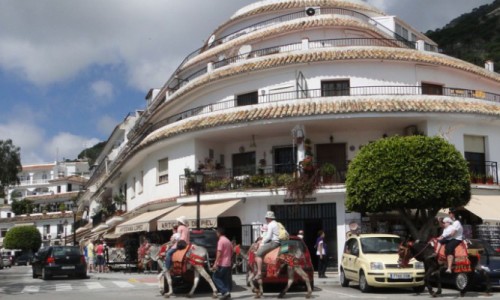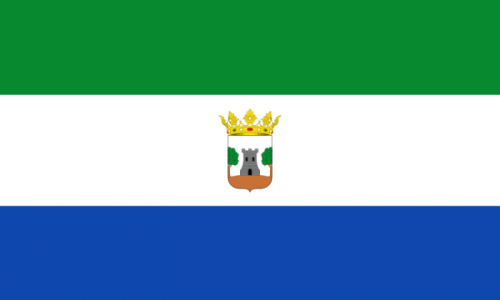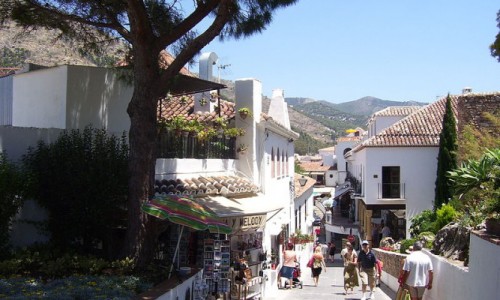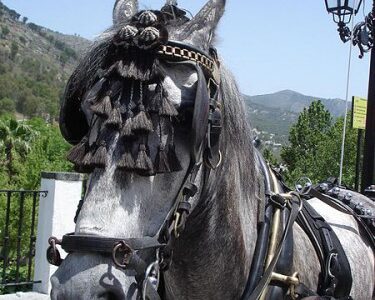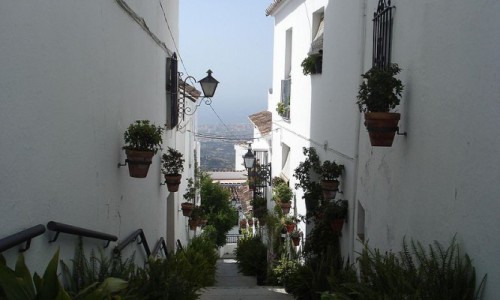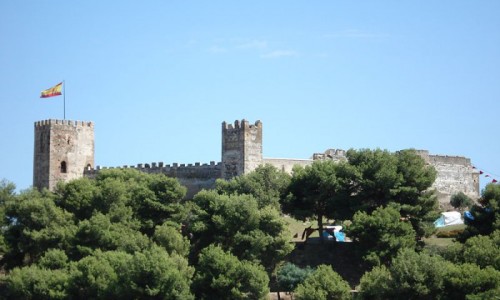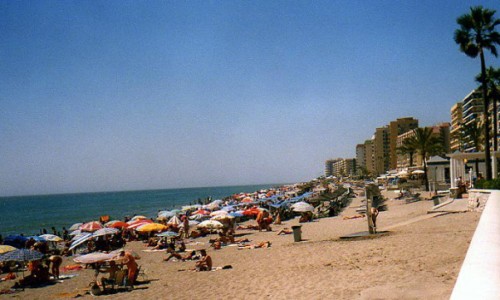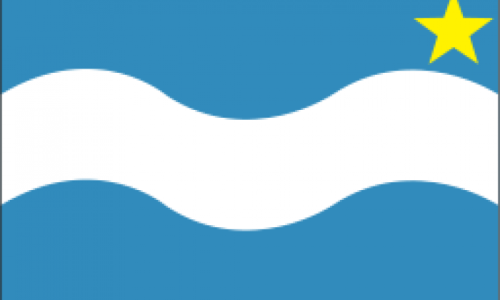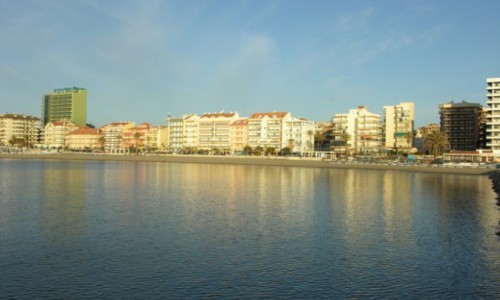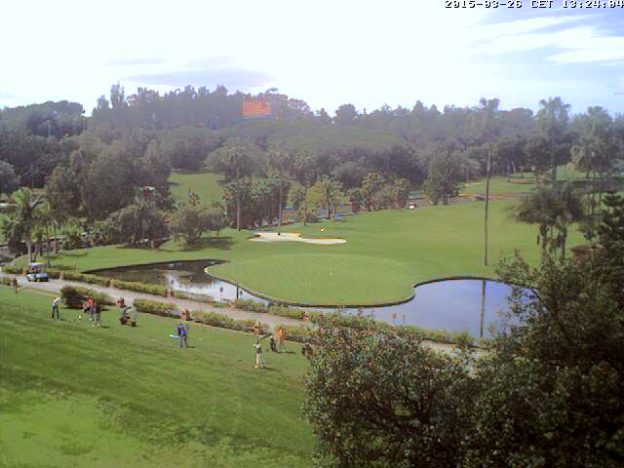
Category Archives: Info

Webcam Marbella for Golf und Weather
Weather infos with Live Webcams in Marbella
Webcam Marbella lists below some webcams where you can see if the day is perfect for a round Golf or a funny day with the family on the beach.
With more than 320 sunny days here at the Costa del Sol, this should be no problem, we wish you much fun and we hope that you like this service.
Attention:
The webcams load all few minutes a new actual webcam picture, sometimes the technical way is curious, so pls. load the page new from time to time, than its secure, analog to this you see the time and date when the pics where made in the cam screen.
Webcam in Marbella - 'Casa Club Santa Clara Golf'

Webcam in Marbella Golf - 'Blick auf den exklusiven Aloha-Golfplatz in Marbella. Im Hintergrund das Bergmassiv »Sierra Blanca« mit dem 1240m hohen »La Concha«'

Webcam in Marbella Puerto Banús'

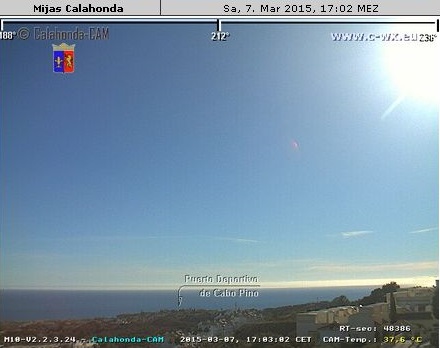
Cam Mijas-Costa in Calahonda
Cam in Mijas – Calahonda
Busy since 22.06.2006
Cam Mijas / Calahonda – Mijas, town in the Spanish region Andalusia and autonomous municipality in the province Malaga at the Costa del Sol coast in the south of the Iberian Peninsula around 30 km south of Malaga. Panoramic view from the town district Calahonda 185m in southwest direction over the Sea of Alboran in the western Mediterranean Sea in front of the Strait of Gibraltar. If there is bright weather you can see the mountain range Er Rif (Dschebel er Rif) in the Atlas Mountains of Morocco and the camel hump rock of Ceuta at Africa.
Here you can see a livestream of the Mijas / Calahonda cam
[Social9_Share]
Fuengirola webcam
At the Paseo Maritimo in Fuengirola
Fuengirola – only 25 km away from Málaga airport you find one of the most popular cities at the Costa del Sol in Andalisia, Fuengirola.
Fuengirola is easy to reach, by road, rail or bus, here you can easily see why this cosmopolitan city is the number one choice for so many different kinds of people.
Of course is one of the main atraction the 5 miles long sand beaches, stretching from the Sohail Castle to the west and Torreblanca to the east where you can find the beautiful avenue Paseo Maritimo.
On this Paseo Maritimo you also find the cam and you can see an excerpt of this beautyfull place.
Here you can see a livestream of the webcam in Fuengirola.
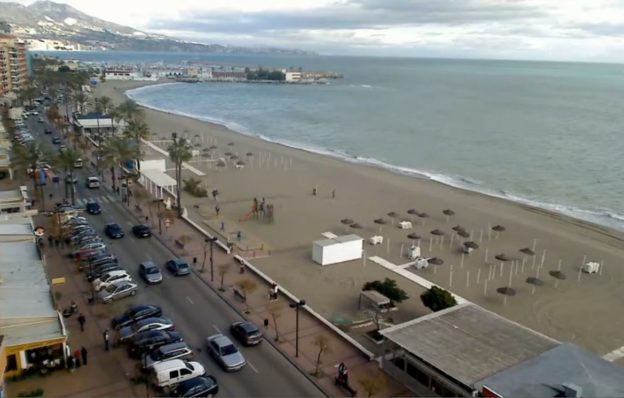
Cam in Fuengirola
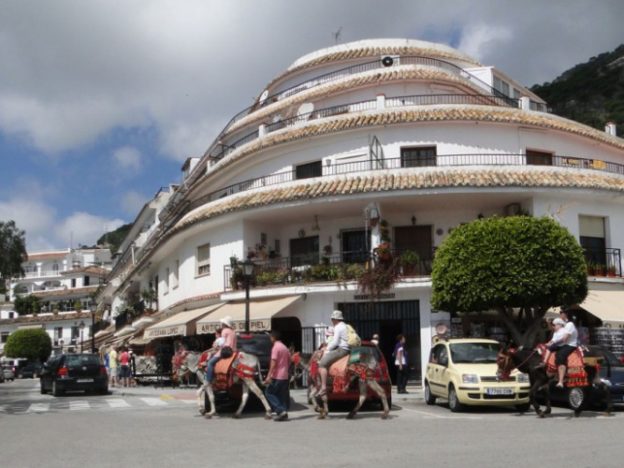
Info to Mijas & Mijas-Costa
Mijas is a town and municipality in the province of Málaga, in Andalusia, southern Spain. It is a typically Andalusian white-washed village located at a mountain side about 450 m above mean sea level, in the heart of the Costa del Sol region. There are some local history museums and many souvenir shops, Mijas also has seven golf courses (four more are under construction) including La Cala Resort, the biggest golf resort in Spain.
The municipality includes:
- Mijas Pueblo (the hillside village)
- Mijas Costa (main commercial and residential area adjacent to (but not strictly part of) Fuengirola
- La Cala de Mijas (separate village and small resort by the sea to the west)
- Las Lagunas (largely suburban and mixed commercial to the north of Fuengirola).
Economy is mostly based on tourism. Agricultural produces include potatoes, cereals and avocado
…
Mijas the white town
History
Founded in prehistoric times by the Tertessians, it was known as Tamisa by the Romans; later the name changed to Mixa and finally to the current Mijas. The Romans were replaced by the Visigoths, and then, after 714, by the Moors.
At the time of emirate of Córdoba, it was conquered by Umar ibn Hafsun, remaining under the rule of Bobastro until the latter was defeated by Abd al-Rahman III.
In 1487 Mijas resisted to the attacks of the Catholic Monarchs during the siege of Málaga; later the inhabitants surrendered and were most sold as slaves. During the Revolt of the Comuneros it remained loyal to the Spanish crown, which granted Mijas the title of ‘Muy Leal (“Very Loyal”).
Climate
The Climate of Mijas, due to the proximity of the sea, conditions mild temperatures, with an average of 18 °C without heat in summer and little frost in winter. The rainfall is below 600ml per year. They occur mainly between November and January. The town boasts some 2920 hours of sunshine a year
Ascending to the mountains, the climate changes gradually. Temperatures can drop to 10 °C. In the peaks may be some ice in winter, over 600 meters, while precipitation increases to almost 800ml.
External links
Source: Wikipedia
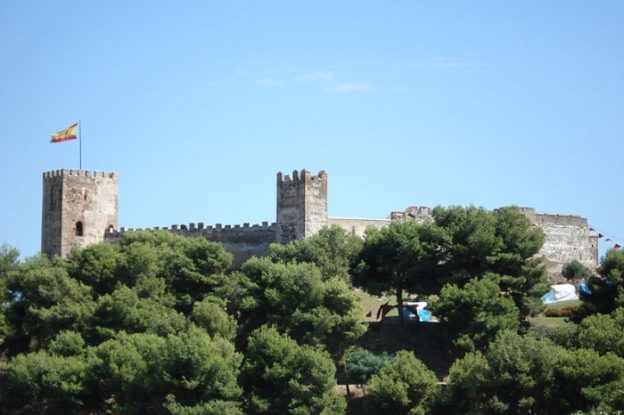
Info to Fuengirola
Fuengirola, in ancient times known as Suel and then Suhayl, is a large town and municipality on the Costa del Sol in the province of Málaga, autonomous community of Andalusia in southern Spain. It is a major tourist resort, with more than 8 km of beaches, and home to a mediæval Moorish fortress. In common with much of this coast, it has been the subject of considerable urban development.
The area enjoys a subtropical Mediterranean climate, with annual average temperatures of 18°C and average summer temperatures of over 30°C …
Fuengirola at the Costa del Sol
The Fuengirola town has its origins in Phoenician, Roman and Arab civilisations.
The foothills of the mountain range behind the town to the south are the site of Sohail Castle, which contains remains of an early Ibero-punic or Phoenician settlement, later occupied by the Romans, which became a town known in antiquity as Suel. Suel was identified by the Roman historian, Pomponius Mela, as one of the towns of the coast, and was cited by Pliny in the 1st century AD as a fortified town or oppidum. A later historian, Ptolemy, identified it during the 2nd century as being located in the region of the bastulo-penos or Phoenicians.
The inscription on the pedestal of a statue found near the castle mentions Suel as being a Roman “municipium”. A funeral urn found in the same area has an inscription containing the word “Suelitana”. Roman baths were discovered in 1961 and, close by, the remains of a Roman villa containing two sculptures, one of which is the well known “Venus of Fuengirola” exhibited in the town’s museum. A series of architectural components, probably transported from the Mijas quarry during the Roman era, were discovered in Los Boliches in 1984; these have now been mounted to form a temple entrance, and can be seen on the promenade at Los Boliches.
The castle was built by Abd-ar-Rahman III in the mid-10th century. The city of Suel ceased to be mentioned at the beginning of the Middle Ages. After several centuries, the name of the settlement changed from Suel to Suhayl, which became the name of the castle and surroundings during the Moorish era. Suhayl became a fairly large settlement, which included farmland and small villages. Most of the surrounding area seems to have been used as pasture for the Moorish rulers’ camels. One of the most famous people from Fuengirola from this period is the famous writer and scholar Al-Suhayli (literally the man from Suhayl) who lived from 1114 to 1185 and is now especially well known as one of its seven saints of Marrakesh, where he was buried.
In the early Middle Ages the town was set on fire and its inhabitants fled to Mijas. Suhayl became a mound of ruins, and even its name was changed to the Romanised Font-Jirola, after the spring arising at the foot of the castle, according to historian Alonso de Palencia.
In 1485, when only the fortress remained, the settlement was reconquered by the Christian Monarchs. An attempt to repopulate the site with 30 people failed, and in 1511 it was registered as uninhabited, apart from the fortress and a watchtower. Land originally set aside for Fuengirola was reallocated to Mijas.
In the 17th century, a new urban settlement developed, once the threat from Turkish and Moroccan pirates disappeared, and at the beginning of the 18th century, an inn was opened near the beach, offering accommodation to travellers, muleteers and seafarers. A few huts were built nearby, forming a small village.
The Battle of Fuengirola took place in the area during the Peninsular War, on October 15, 1810, when approximately 200 Polish soldiers of the Duchy of Warsaw defeated a mixed British-Spanish force numbering some 3,000 soldiers under Lord Blayney.
In May 1841, Fuengirola was administratively detached from Mijas; at the time its inhabitants were mainly engaged in fishing, agriculture and trading with ships that dropped anchor in the bay. For over a century, fishing and agriculture remained the main activities.
It was only in the 1960s that Fuengirola entered a new phase, to become a leading tourist centre.
Modern Fuengirola
Fuengirola now offers all the facilities to be expected of a major tourist centre – hotels, restaurants, bars, clubs, discothèques, semi-legal sex trade, sports clubs, a yacht harbour, and broad beaches along a promenade extending east and west from the town, that includes smaller adjacent villages.
Of the approximately 72,000 inhabitants registered in the municipality, 25% come from other countries, mainly European (England, Ireland, Scotland, Finland and Sweden, among others), and also from Morocco and Argentina. In the summer especially, the town plays host to throngs of visitors both Spanish and foreign, but in particular British. The English community in particular is large enough to support a fully developed programme of activities and local groups.
The Zoo is well known. Once an old-fashioned collection of cramped cages, the zoo was modernized in 2001 to feature “tropical-forest” dwellings. The zoo specializes in captive breeding for endangered species, chimpanzee-group research and tropical-forest education. Known as Bioparc Fuengirola since 25 March 2010, it now markets itself as a series of natural habitats for specific species.
Although Fuengirola is a comparatively developed resort, it does also have a number of historical sites and open parks. The old port is still used by the local Spanish fisherman. The Arab castle of Suhayl, or Sohail, remained an abandoned ruin until renovations began in 1995. In 2000 the interior of the castle was completely renovated and the Sohail castle begun to host festivals and concerts throughout the summer. Additional landscaping was completed in 2002 and the castle is now one of the highlights of Fuengirola’s cultural and historical scene.
The town is largely urban in character, with many high-rise blocks of flats – many towards the seafront – although some narrow streets can be found with many low-rise villas. Considerable commercial development is underway further inland, towards to the north of the town, with the recent construction of a large shopping centre and retail park and ongoing development of housing areas. A large branch of El Corte Inglés opened in 2006 in the inland suburb of Las Lagunas.
In 2010 Fuengirola opened a 50m swimming pool. At the beginning of 2010 a purpose-built skateboard, rollerblade and bike park complete with graffiti wall opened.
- Sohail Castle (Arabic castle)
- Harbour
- Plaza de Toros (bullring)
- Bioparc Fuengirola (zoo)
Transport
Fuengirola, and some of the intervening villages along the coast, are served by the C-1 commuter rail service from central Málaga, run by Cercanías Málaga.
Suburbs
- Los Boliches (in full: Santa Fé de los Boliches)
- Torreblanca
- Carvajal
- El Boquetillo
- Los Pacos
Twin towns
 New Iberia, USA
New Iberia, USA
External links
- Official website (in Spanish, but with a Foreign Residents section partly in English)
Source: Wikipedia

